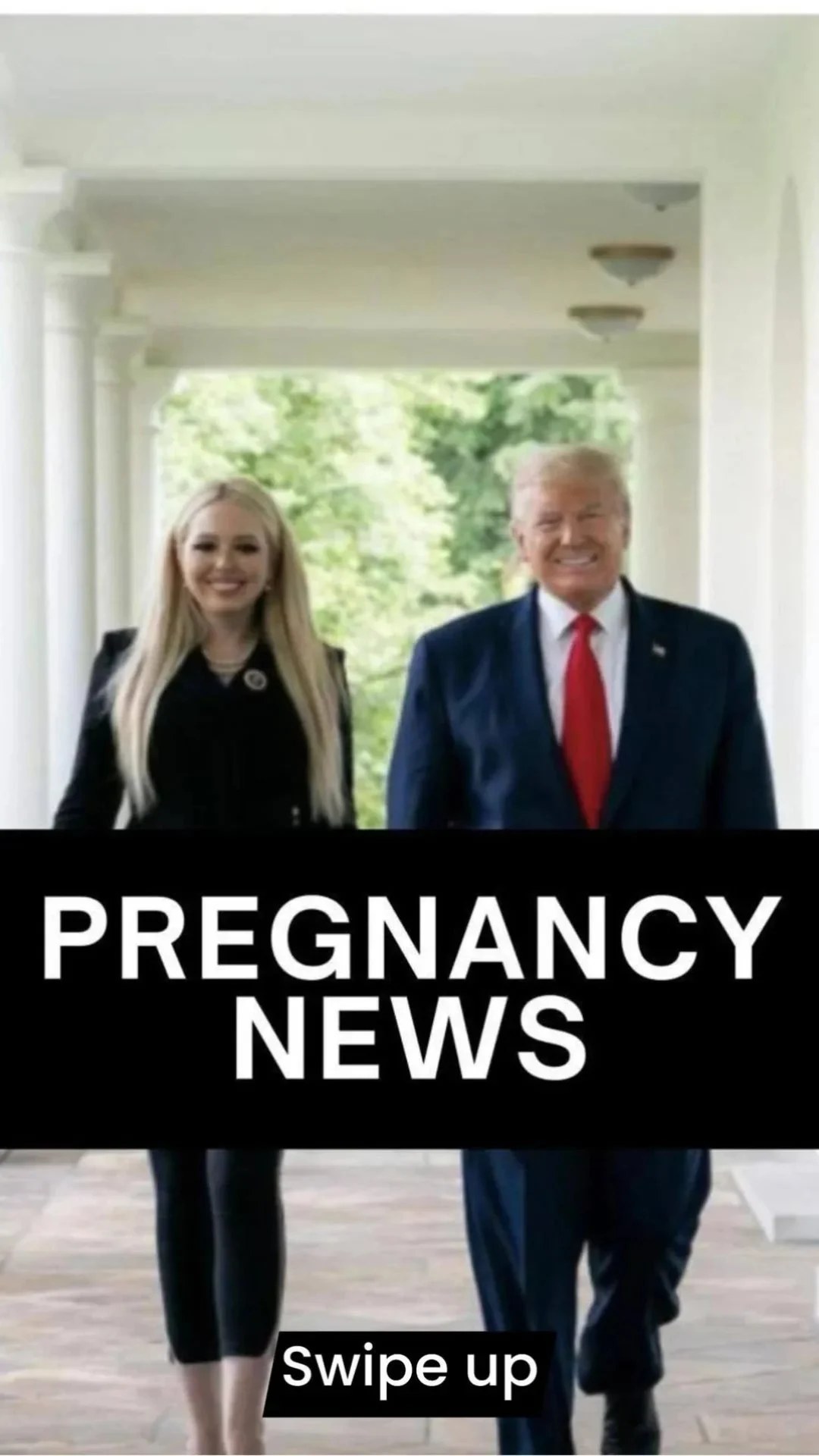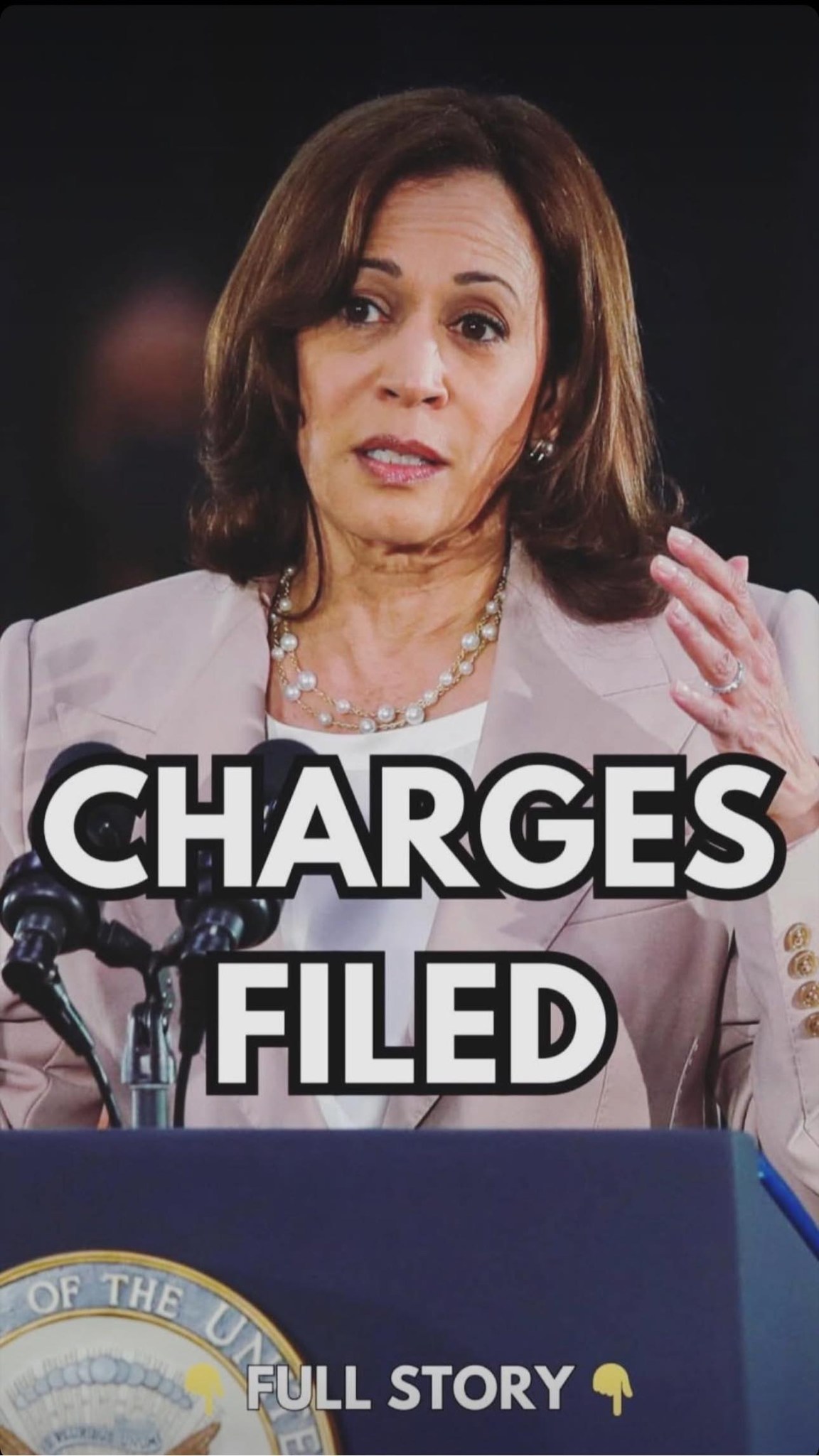Trump’s Second Term: Deportations, Tariffs, and Spending Cuts
In a remarkable turn of events, former President Donald Trump has once again secured the presidency, defeating Vice President Kamala Harris in Tuesday’s election. As he steps back into the role, he’s painted a vision of what he terms a “golden age,” focusing heavily on immigration reforms, economic measures, and strategic government roles filled by loyal supporters.
Among his main promises are ambitious plans to address immigration and economic policies. Since his initial run in 2015, Trump has consistently voiced a hard-line stance on immigration. His current intent is to accelerate deportations, targeting over 13 million individuals residing illegally in the country. This goal poses significant challenges, including the logistical hurdles of detaining such a large number of individuals and the financial implications of expanding immigration enforcement capabilities.
The peaceful transition of power, emphasized by Vice President Harris in her congratulatory call to Trump, marks a stark contrast to Trump’s reaction six years ago when he challenged the 2020 election results. Following the call, Trump’s representative, Steven Cheung, highlighted Trump’s recognition of Harris’s professionalism and their shared commitment to national unity.
With this election victory, Trump becomes the first former president with convictions to return to the White House, despite ongoing legal challenges which include federal charges from his previous tenure. These legal hurdles didn’t deter his loyal base, drawn to his narrative of confronting domestic adversaries whom he refers to as “the enemy from within.”









